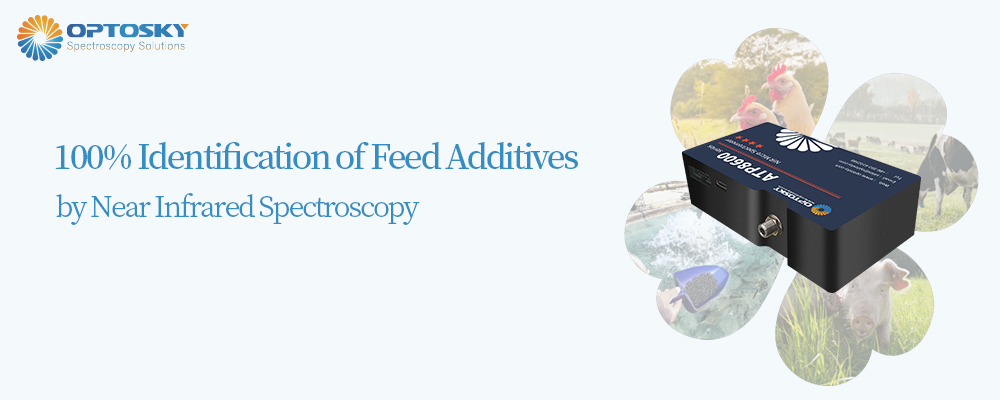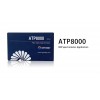100% Identification of Feed Additives by Near Infrared Spectroscopy
Through the use of near-infrared spectrum comparison and model identification, the authenticity and qualification of additives can be identified, which can realize the supervision and rapid inspection of multiple links from the source of feed raw material production, the additive product market and farmers.
In the 21st century, there are many countries that the quality and safety control technology in the process of feed production and market management is not perfect. Due to the lack of feed quality and safety traceability technology system, fake and inferior raw materials and additive products frequently appear in the market. The lack of rapid and accurate detection technology has become an important factor restricting the rapid and healthy development of the feed industry.
At present, most of the relevant detection technologies commonly used in feed additives in most countries are chemical methods (volume method, gravimetric method, etc.), which are indirect analysis, and the reliability of the detection results is poor; some use instrumental analysis methods (liquid chromatography, ultraviolet spectrophotometry, etc.) Etc.), although the reliability of the detection results is improved, most methods are time-consuming and labor-intensive, and cannot meet the needs of rapid identification. Some qualitative and quantitative analysis equipment is expensive and expensive to use, and the reagents used pollute the environment after being discarded.
The near-infrared characteristic fingerprint technology is innovatively applied to the identification of feed additive products. This technology has a short judgment time, intuitive detection results, and high identification accuracy. The comparative analysis system of 25 kinds of additive products such as choline chloride established by the atlas comparison method can identify counterfeit products with an adulteration content of more than 5% with an accuracy of 100%; the model discriminant method can quickly qualitative and quantitative analysis of products, Accurately determine the eligibility of the product, and the accuracy of the identification of samples with an adulteration content of more than 1% is 100%.



















Comments: 0
No comments